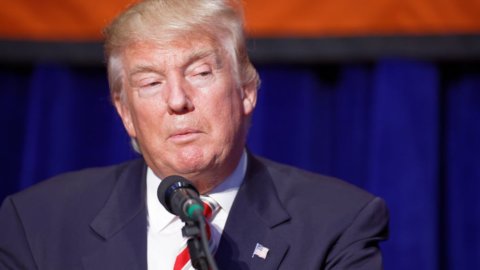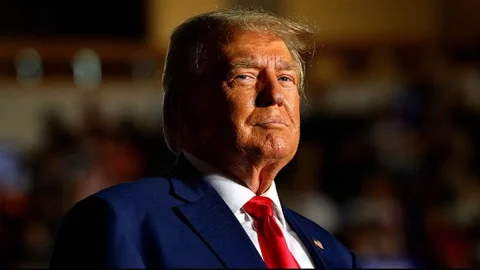13 months after his election, Donald Trump gets his first big victory. In the night between 1 and 2 December, the United States Senate passed the most extensive tax reform that the United States has implemented in the last thirty years, thus allowing the tenant of the White House to keep one of the most important promises made during the electoral campaign and above all to momentarily shift the spotlight from Russiagate which in recent days has undergone significant developments (and worrying for the President himself).
The new Trump-era fiscal policy, approved by just two votes (51 yes – 49 no) is essentially based on one cornerstone: reduce taxes on the wealthiest companies and individual taxpayers so as to produce a virtuous circle which stimulates employment, causes an increase in salaries and above all manages to cover the 1.400 trillion dollar hole that the tax cut will produce in the coming years. But be careful, because the text still needs to be harmonized with the one released by the House last November, an important step that the Republicans already take for granted, promising to complete the process by Christmas.
Usa: what does the tax reform foresee?
The reform, as just mentioned, focuses on businesses and the wealthiest taxpayers. Companies in particular will see it go down the tax rate from 35 to 20%, two points below the average of OECD countries. Not only that, foreign profits produced by US-based companies will be tax-free, given that the text provides for eliminating the taxes that companies pay when capital returns to the US.
As far as natural persons are concerned, the number of tax brackets envisaged by the reform (they could drop from the current 7 to 4), but the maximum rate envisaged could settle at 38,5% from the current 39,6%.
The reform, according to official estimates, will cause an increase in the deficit of 1.400 trillion dollars in 10 years, a figure that corresponds to 0,75% of GDP. An increase which, however, according to Trump, will be compensated by an annual growth that will far exceed the current 3%.
However, the president's prediction contrasts with those of the Congressional Budget Office (CBO), an independent office charged with analyzing the tax impact of legislation produced by Congress, according to which additional economic growth would be “only” 0,8 percent in ten years, far below the percentages promised by Trump. Even more “modest” are the figures resulting from a survey conducted by National Association for Business Economics among economists, that the impact on growth will be a maximum of 0,29 percent in 2018. In addition, the Congressional Joint Tax Committee said the tax cut of more than $500 a year that Republicans talk about, will affect only 44% of Americans.
US tax reform: the repercussions on health care
Another fundamental point of the tax reform approved by the Senate is the elimination of the obligation for citizens to take out health insurance. Simply put, through this provision, Trump dismantles one of the cornerstones of theObamacare which precisely establishes the obligation for everyone to pay for insurance in order to keep the price of the onerous US policies as low as possible and to allow access to the system even to the poorest incomes.
Well, based on forecasts by Vox, with the aforementioned cancellation, from 2019 to 2027 there will be 13 million fewer policyholders, a reduction that will inevitably cause a rise in prices, penalizing the lowest classes.
US tax reform: the damages for foreign companies
The controversy was also triggered by two different provisions contained respectively in the version of the text approved by the Chamber and in the one that received the OK from the Senate. Both could damage foreign and multinational companies.
In fact, the measure of the Chamber contains a defined rule excise tax (up to 20%) which would affect foreign companies that sell goods or services in the US through a local subsidiary, while the Senate version instead provides for a minimum tax of 10% which can be triggered against payments to subsidiaries or parent companies abroad. Two measures that have led some analysts to talk about "border tax", i.e. nationalist taxes that violate the rules of international trade.
US tax reform: the market's reaction
Pending the opening of Wall Street, the international stock exchanges "celebrate" the US Senate's ok to the tax reform by traveling sharply higher (FtseMib +1%).
Run the dollar. The index of the greenback against its main counterparts recorded a rise of half a percentage point, after last week's declines. The dollar/yen exchange rate rose by 0,6%, while the euro/dollar dropped by 0,4%.





